Ever watched your cat gaze longingly out the window, tail swishing with dreams of adventure? Maybe you’ve felt a pang of guilt as you shut the door behind you, knowing your furry companion craves more than just the same four walls. If you’re a cat lover, you know the struggle: you want your cat to feel free, but you also want to keep them safe and your home peaceful. The good news? There are clever ways to grant your cat the independence they crave—without turning your entire life upside down. Let’s dive into the art of balancing freedom with control, and discover how you can make your cat’s world bigger, brighter, and bursting with joy.
Understanding Your Cat’s Need for Freedom

Cats are natural explorers. Even the laziest lap cat has an inner adventurer that longs to investigate, hunt, and play. This urge comes straight from their wild ancestors, who roamed large territories. When cats don’t get a chance to satisfy their curiosity, they can become bored, anxious, or even destructive. Giving your cat more freedom isn’t just about making them happy—it’s about respecting who they are at heart. Think of it as a way to let your cat express their true self. By understanding their needs, you’ll find it easier to offer the right kind of independence. Remember, a cat who feels free is often a cat who feels content.
Setting Boundaries with Indoor Exploration
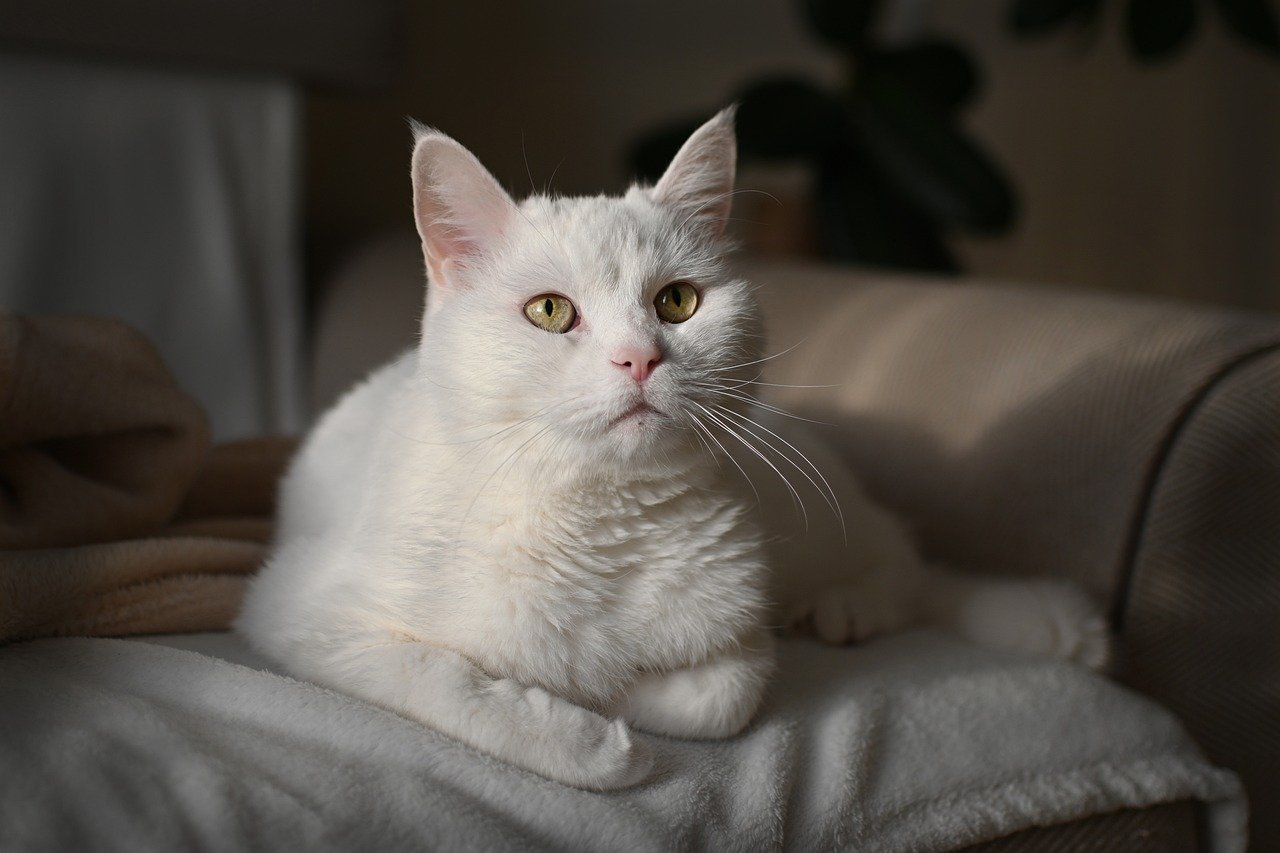
Before letting your cat rule the whole house, take a step back and map out safe spaces. Close off rooms with fragile items or dangerous plants. Use baby gates or closed doors to limit access, gradually opening up new areas as your cat proves they can behave. Creating “zones” helps your cat learn what’s off-limits and what’s fair game. This gives them the thrill of discovery while keeping your home safe from accidents. As your cat explores, watch for signs of nervousness or mischief. Sometimes, a slow introduction to new spaces is all it takes for them to settle in. Setting these boundaries early on lets you relax, knowing your home—and your cat—are both protected.
Creating Vertical Spaces for Climbing

Cats absolutely love being up high. It makes them feel secure and in control, almost like their own little throne. You can add cat trees, shelves, or even window-mounted perches to give your cat a vertical playground. These spots help satisfy their climbing instincts and let them oversee their “kingdom.” Encourage your cat to use these spaces with toys or treats, making the experience rewarding. Watch as your cat’s confidence grows with every leap. Vertical spaces also help keep peace in multi-cat homes, since everyone can find their own perch. The higher your cat climbs, the more their world expands—without you losing control over where they go.
Safe Outdoor Time with Enclosures

The outside world is full of excitement, but also danger. Catios—cat patios—or screened-in porches offer a safe way for your cat to enjoy the outdoors. These enclosures let your cat watch birds, sniff the breeze, and bask in the sun, all while staying protected from cars, dogs, or getting lost. Building or buying a catio doesn’t have to be expensive or complicated; even a simple mesh tunnel attached to a window can provide hours of entertainment. Watching your cat’s eyes light up as they lounge outside is a joy like no other. With a secure outdoor space, you can relax knowing your cat is safe while still tasting adventure.
Training Your Cat to Respond to Their Name

It might sound impossible, but cats can absolutely learn to come when called. Start by picking a specific, short name and only using it for positive things. Call your cat when it’s mealtime or when you have a treat. If they come, reward them immediately. This builds a strong association in your cat’s mind: when you call, good things happen. Over time, your cat will learn that coming to you is always worth their while. Having this level of control is invaluable, especially if you let your cat out in a yard or use a harness. It can even be a lifesaver in emergencies.
Enriching Their Environment with Toys and Challenges

Freedom isn’t just about space—it’s about stimulation. Fill your home with a variety of toys, like feather wands, balls, and puzzle feeders. Rotate toys regularly to keep things fresh and exciting. Offer scratching posts and tunnels for play and exploration. Hiding treats around the house turns your cat into a detective, giving them a sense of purpose. The more your cat can hunt, chase, and solve problems, the less likely they’ll be to get into trouble. An enriched home keeps your cat busy and happy, making you both feel more in control.
Harness Training for Supervised Outdoor Walks

Taking your cat for a walk might seem like walking a cloud on a string, but it can be done! Start by letting your cat get used to wearing a harness indoors, rewarding them with treats and praise. Once they’re comfortable, attach a leash and let them explore a safe, enclosed area. Gradually introduce new sights, sounds, and smells. Always let your cat set the pace—don’t drag or force them. Walking your cat on a leash opens up a world of adventure while keeping them out of harm’s way. It’s a win-win for both freedom and safety.
Establishing Routines for Security

Cats thrive on predictability. Setting regular meal times, play sessions, and rest periods helps them feel secure, even as you give them more freedom to roam. Routines create a sense of order in your cat’s world, helping them know what to expect. This security makes them more confident and less likely to act out. You’ll notice fewer behavioral issues and more relaxed interactions. Routines also make it easier for you to spot changes in your cat’s behavior, which can be an early sign of health problems. Freedom within a predictable structure helps everyone feel at ease.
Monitoring Behavior with Cameras or Apps

If you worry about what your cat gets up to when you’re not home, technology can help. Setting up pet cameras lets you check in on your feline friend from anywhere. Some cameras even offer treat dispensers or two-way audio, so you can interact with your cat remotely. Mobile apps can be used to track feeding, litter box usage, and activity levels. Watching your cat’s antics can be hilarious, but it’s also a useful way to keep tabs on their health and habits. With these tools, you can grant more freedom without losing touch with what your cat is up to.
Building Trust Over Time

Trust is the foundation of every great relationship, including the one with your cat. Letting go of control can be scary, but it’s essential for your cat’s growth. Start small, giving your cat a little more independence each day. Celebrate successes—like coming when called or using a scratching post—rather than focusing on mistakes. Over time, your cat will learn that freedom comes with responsibility, and you’ll learn to trust their judgment. This mutual trust turns your cat into a true companion, not just a pet.
Using Positive Reinforcement to Guide Behavior
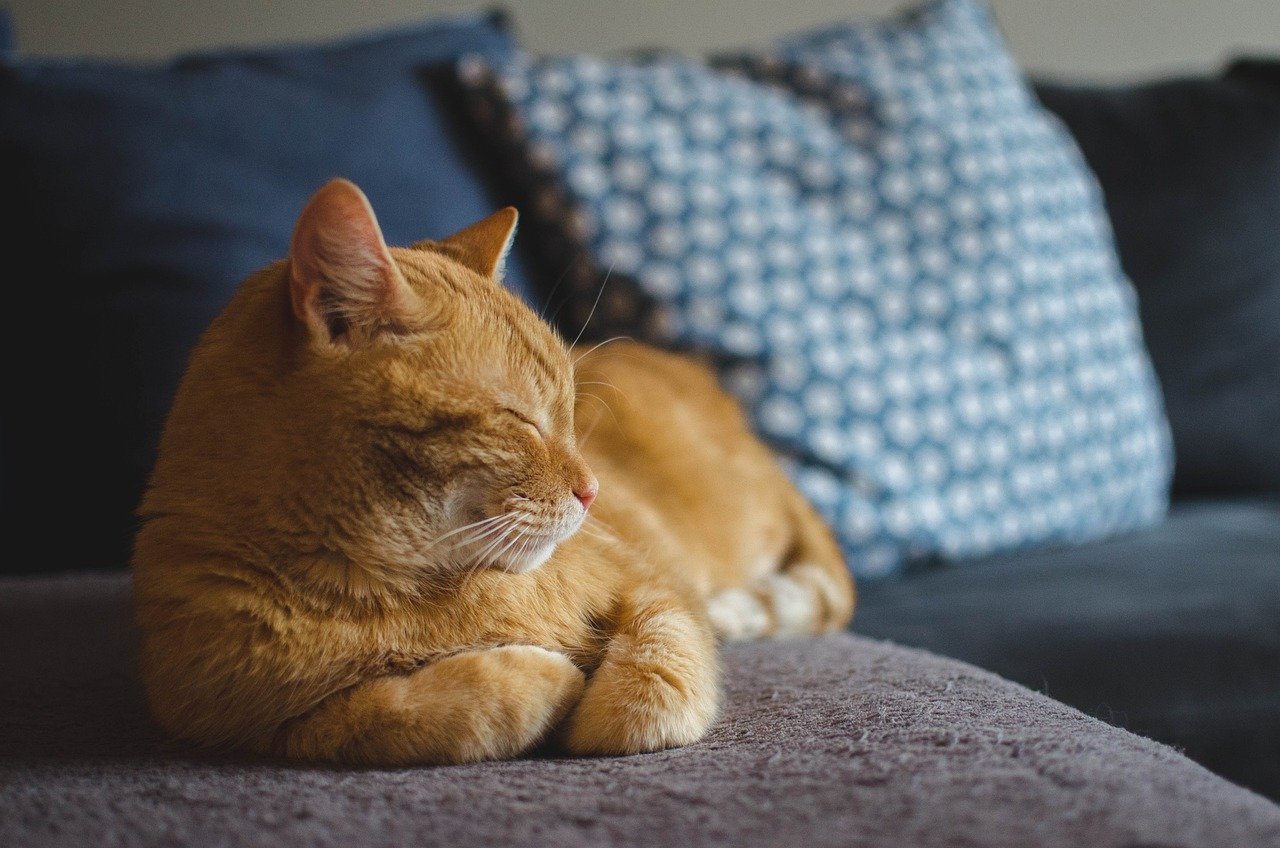
Instead of punishing your cat for bad behavior, focus on rewarding the good. Every time your cat uses their scratching post, plays nicely, or comes when called, offer a treat, praise, or a cuddle. This teaches your cat exactly what you want from them, making it more likely they’ll repeat good behaviors. Avoid yelling or using negative reinforcement, as it can damage your bond. Positive reinforcement works wonders for shaping your cat’s actions while keeping their spirit intact. It’s a gentle, loving way to stay in control.
Providing Hiding Spots and Safe Retreats
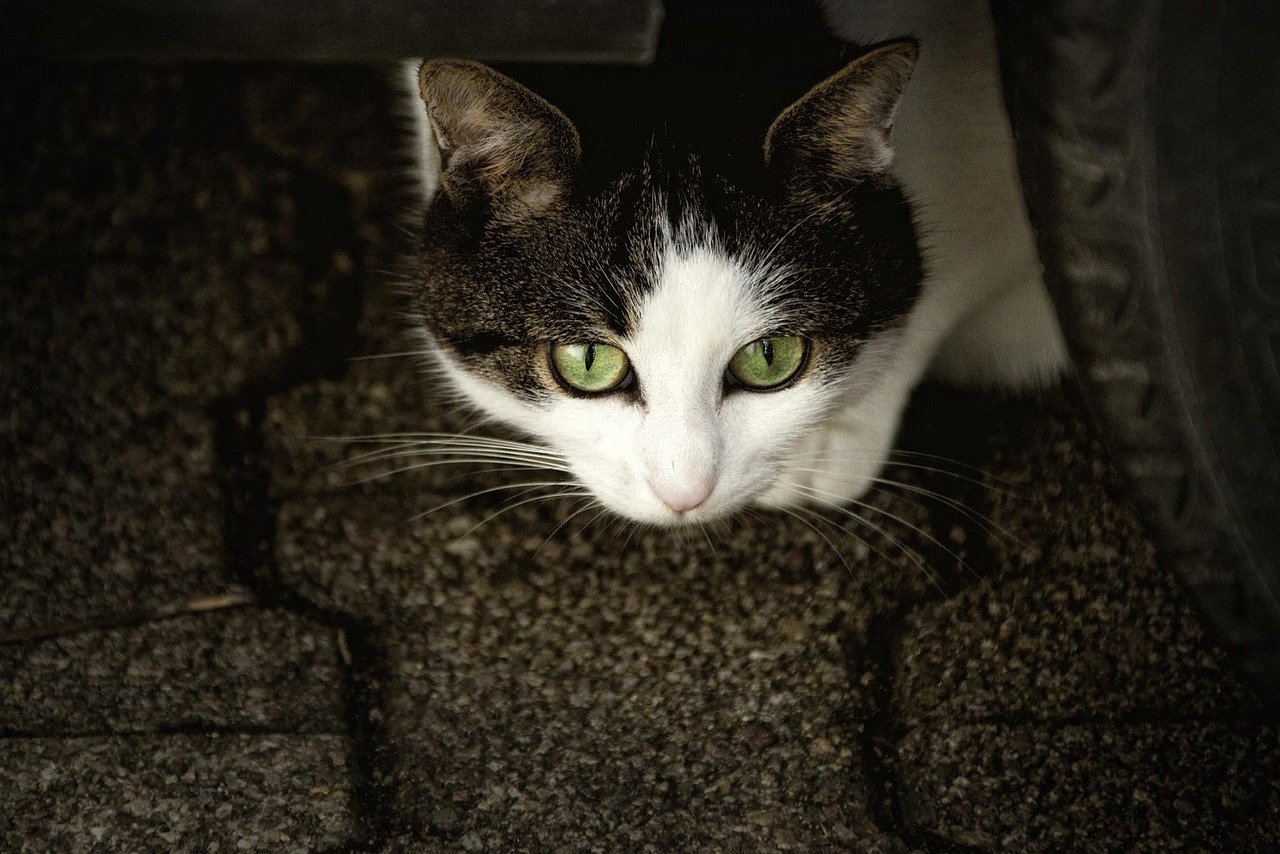
Even the bravest explorer needs a safe place to hide sometimes. Make sure your home offers cozy hideaways, like covered beds, cardboard boxes, or cat tents. These spaces let your cat retreat when they feel scared or overwhelmed. Knowing they have a safe spot gives your cat confidence to explore more freely. Hiding spots also help reduce stress during loud events, like thunderstorms or parties. You’ll notice your cat coming out more often once they know there’s always a safe escape nearby.
Supervised Exploration in New Environments

When introducing your cat to a new room or outdoor space, always supervise closely. Watch for signs of stress, like flattened ears or a puffed-up tail. Let your cat explore at their own pace, offering gentle encouragement and treats. Staying nearby reassures your cat, helping them feel safe while they check out new territory. Over time, you can gradually increase their freedom as they gain confidence. Supervised exploration builds trust and prevents accidents, making both you and your cat more comfortable.
Rotating Toys and Furniture for Fresh Experiences

Cats get bored, just like we do. To keep things exciting, regularly rotate their toys and rearrange furniture or cat trees. Even moving a scratching post to a new spot can spark curiosity. This simple trick keeps your cat guessing and encourages them to explore more of their environment. It’s like giving your home a mini-makeover without spending a dime. Your cat will love the fresh challenges, and you’ll love seeing them so active and engaged.
Introducing Interactive Feeders and Puzzle Games
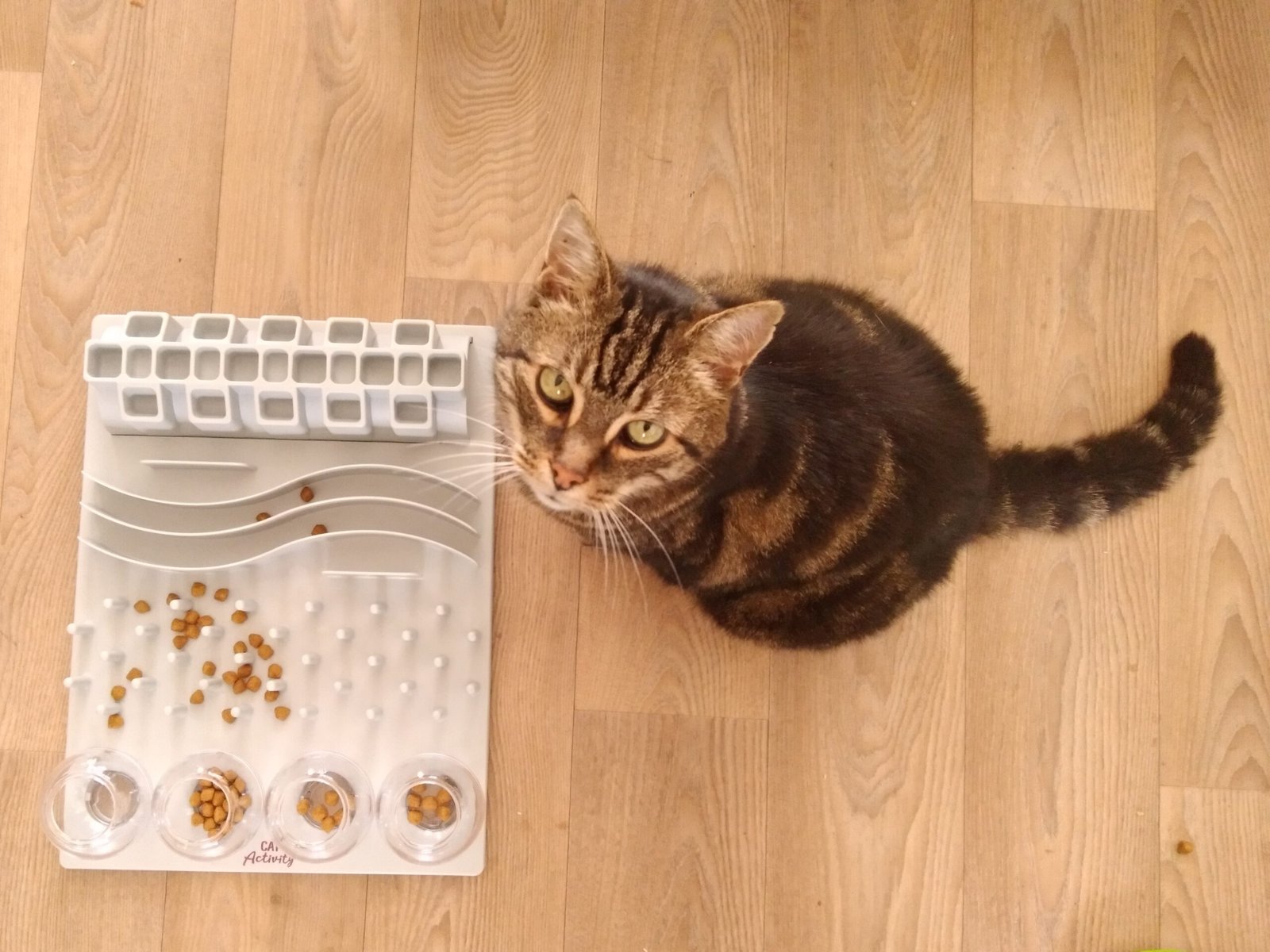
Meal times are a perfect opportunity to offer both mental and physical stimulation. Interactive feeders and puzzle games challenge your cat to work for their food, mimicking the hunting experience. Start with simple puzzles, gradually increasing the difficulty as your cat gets the hang of it. This not only slows down fast eaters but also keeps your cat busy and satisfied. Puzzle feeders are a clever way to give your cat a sense of freedom and accomplishment, all within your control.
Choosing the Right Windows and Views
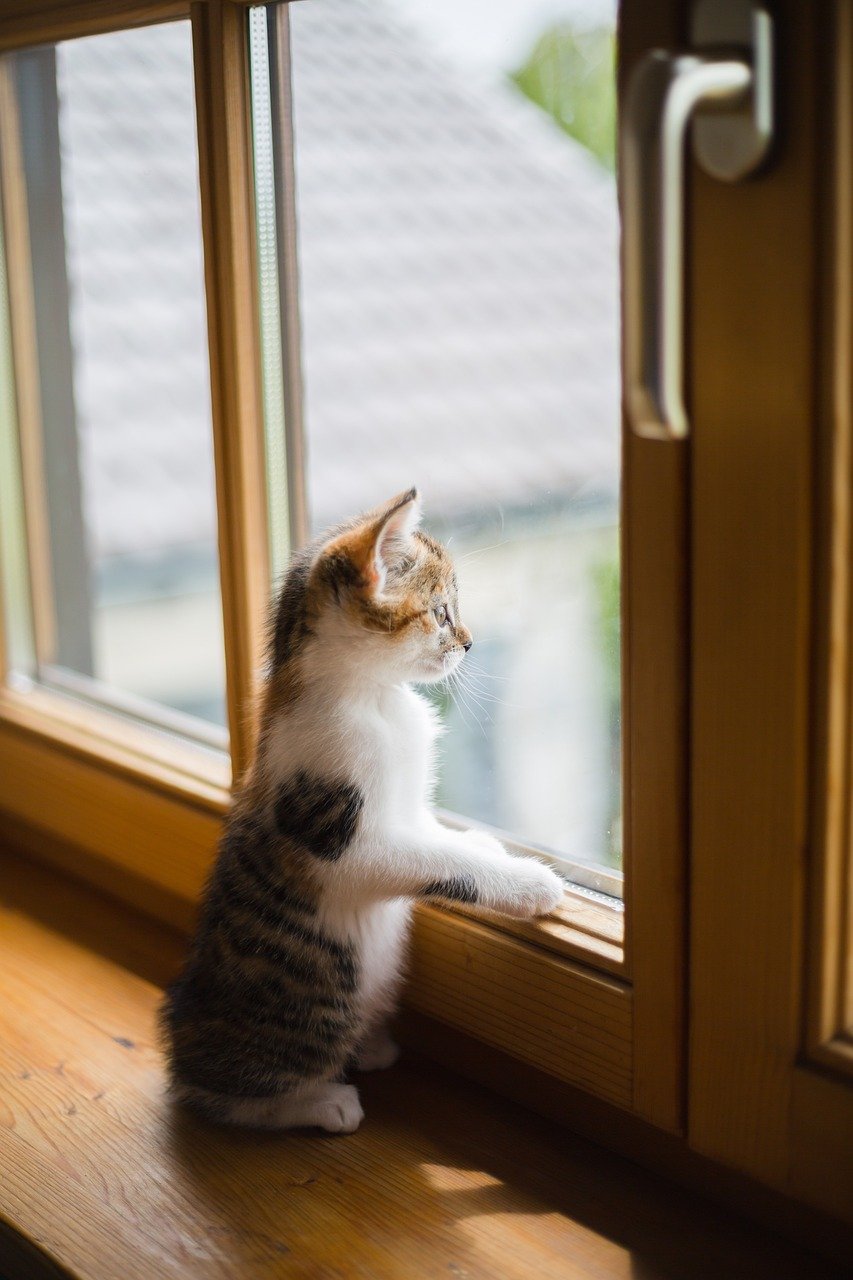
A window is like a TV for your cat—always something new to watch. Set up cozy perches by safe, secure windows so your cat can watch birds, squirrels, and the world go by. Make sure windows have sturdy screens, especially if your cat is a jumper. You can hang bird feeders outside to create a living “cat show.” Giving your cat access to interesting views provides hours of entertainment and helps satisfy their curiosity. It’s a simple way to expand their world without any risk at all.
Managing Multiple Cats with Individual Needs

If you have more than one cat, managing freedom can be tricky. Each cat has their own personality and boundaries. Provide separate resources—like beds, litter boxes, and feeding stations—to reduce competition. Give each cat their own time to explore new spaces, so no one feels left out or overwhelmed. Watch for signs of tension, like hissing or chasing, and step in if needed. By respecting each cat’s individuality, you create a harmonious home where everyone feels free and secure.
Using Cat Doors and Microchip Technology
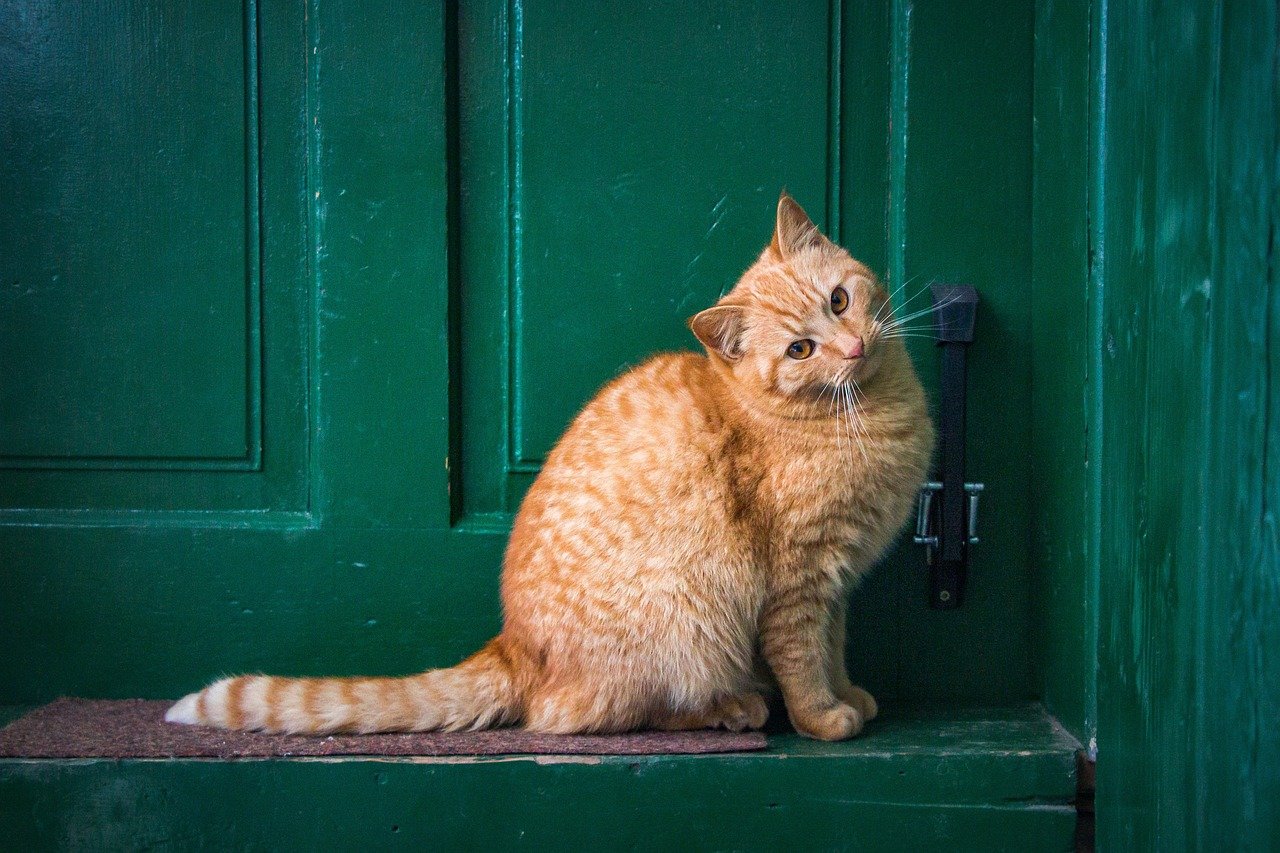
Modern cat doors can be set to open only for your cat, thanks to microchip technology. This means no uninvited guests—like stray cats or raccoons—can slip in. Install these doors to allow your cat safe access to specific rooms or even a secure backyard. Some doors even let you set curfews, so your cat can’t sneak out at night. Cat doors provide independence while still letting you decide when and where your cat can roam. It’s a smart blend of freedom and security.
Dealing with Escape Artists and Risk Takers

Some cats are born escape artists, always looking for a way out. If your cat has Houdini tendencies, double-check all windows, doors, and screens regularly. Consider using GPS collars or trackers, so you always know where your cat is. Never leave tempting exits—like open windows—unguarded. Give your adventurous cat plenty of indoor stimulation to satisfy their wanderlust. With a little extra vigilance, you can keep even the most daring cats safe while still offering them a taste of freedom.
Staying Calm During Setbacks

Let’s be honest—sometimes, things don’t go as planned. Your cat might knock over a plant, scratch the couch, or make a break for the forbidden closet. Stay calm and patient. Every mistake is a learning opportunity for both of you. Adjust your boundaries, reinforce good behavior, and keep trying. Remember, giving your cat freedom is a journey, not a destination. With time, patience, and a sense of humor, you’ll find the perfect balance between independence and control.
Hi, I’m Bola, a passionate writer and creative strategist with a knack for crafting compelling content that educates, inspires, and connects. Over the years, I’ve honed my skills across various writing fields, including content creation, copywriting, online course development, and video scriptwriting.
When I’m not at my desk, you’ll find me exploring new ideas, reading books, or brainstorming creative ways to solve challenges. I believe that words have the power to transform, and I’m here to help you leverage that power for success.
Thanks for stopping by, Keep coming to this website to checkout new articles form me. You’d always love it!






